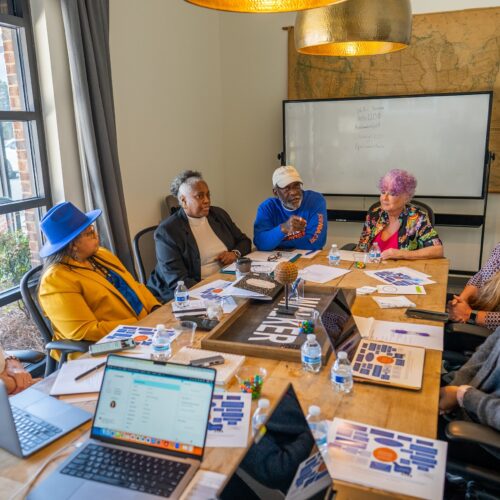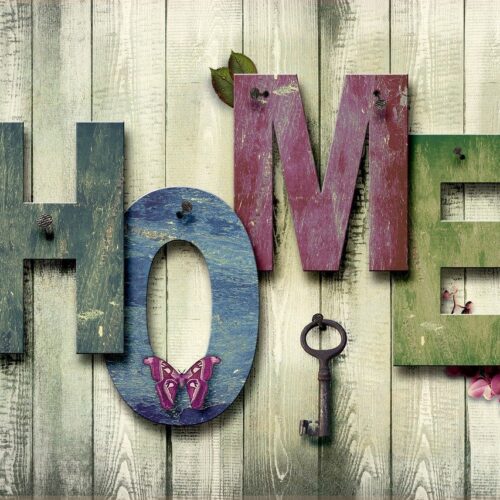
New Data Analysis Guides States on How to Improve Public Safety, the Juvenile Justice System, and Youth Outcomes
Youth across the country are grappling with myriad challenges that include increases in mental health issues, school absenteeism, community violence, and victimization. At the same time, many policymakers and system leaders are struggling with how best to respond, including whether greater reliance on the juvenile justice system and more sanctions-oriented approaches are warranted.
Navigating Concerns on Youth Crime, Violence, and Behavioral Health: What Does the Data Say? by The Council of State Governments (CSG) Justice Center, with support from the Prudential and W.T. Grant Foundation, aims to help policymakers better understand and address trends related to these issues.
What the Project Involves
The CSG Justice Center analyzed the most recent behavioral health, arrest, and juvenile justice system data available so that policymakers can use this data to achieve two important goals:
- Refocus the juvenile justice system on youth who commit serious and violent offenses, and ensure limited resources are invested in what works to improve public safety and youth outcomes.
- Develop a comprehensive state plan that addresses the systemic reasons for youth’s behaviors and ensures that the most vulnerable adolescents receive the services and supports they need to transition to a safe and healthy adulthood.
Why It Matters
Policymakers and the public are increasingly concerned about youth crime and violence. Overall youth arrests, including for violent offenses, remain historically low. However, youth arrests for homicides and weapons offenses surged post-pandemic, and gun violence is now a leading cause of death among children and youth, especially Black youth.
States need research and data on how to effectively address youth violence while also tackling the root causes of many youth behaviors—mental illness, substance use, family dysfunction, school disconnectedness, and trauma. Policymakers also need guidance on whether the juvenile justice system is the best place to tackle these challenges, and what interventions have proven effective at reducing reoffending and improving other youth outcomes.
By placing trends related to youth behavioral health, arrests, court cases, detention and placement, and racial and ethnic disparities in the juvenile justice system in context—and recognizing the connections between them—policymakers can focus on making data-driven decisions that are in the best interests of youth and public safety.
A positive school experience, where a child feels secure, is essential for their well-being. However, for many children…
Read MoreWhen returning to their communities from criminal justice settings, people with behavioral health needs face barriers in accessing…
Read More Supporting Children of Incarcerated Parents: Reimagining School and Community Collaboration
Supporting Children of Incarcerated Parents: Reimagining School and Community Collaboration
A positive school experience, where a child feels secure, is essential for their well-being. However, for many children with incarcerated parents—one in 14 in the U.S.—school can feel far from safe due to stigma, trauma, and a lack of understanding.
Read More Bridging Communities and Correctional Systems: Q&A with CSG Justice Center Advisory Board Member Commissioner Nicholas Deml
Read More
Bridging Communities and Correctional Systems: Q&A with CSG Justice Center Advisory Board Member Commissioner Nicholas Deml
Read More
 Assigned to the Cloud Crew: The National Incarceration Association’s Hybrid Case Management for People with Behavioral Health Needs
Assigned to the Cloud Crew: The National Incarceration Association’s Hybrid Case Management for People with Behavioral Health Needs
When returning to their communities from criminal justice settings, people with behavioral health needs face barriers in accessing basic needs—including food, housing, employment, transportation, education, clothing, and substance use and mental health services—which increases their risk of experiencing a crisis.
Read More Meet the Medicaid and Corrections Policy Academy Mentor States
Meet the Medicaid and Corrections Policy Academy Mentor States
New Hampshire Department of Corrections Commissioner Helen Hanks presents at the Medicaid and Corrections Policy Academy in-person meeting.
Read More Taking the HEAT Out of Campus Crises: A Proactive Approach to College Safety
Taking the HEAT Out of Campus Crises: A Proactive Approach to College Safety
The sharp rise in school shootings over the past 25 years has led school officials across the U.S. to take a closer look at ways to keep students safe. For Chaffey College in Rancho Cucamonga, California, a tragic incident at a nearby university hit close to home and spurred campus leaders to revisit their own school’s threat assessments and crisis responses.
Read More











